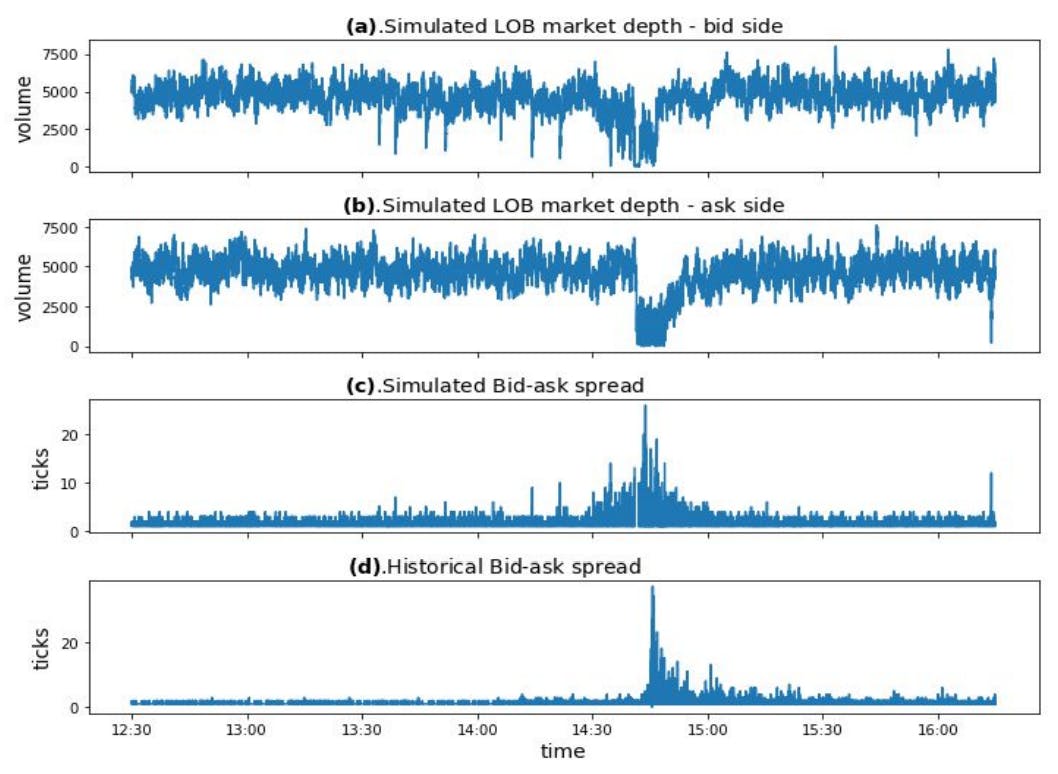We don’t often think about the internet as being good for our health. In fact, “internet” and “health” are primarily related in a negative context in online spaces — we’re getting too much screen time, we’re “chronically” online, etc.
It may come as a surprise, but access to the internet is commonly recognized as a “super” determinant of health. Limited internet access has been linked to high mortality rates during the COVID-19 pandemic, and having the internet in easy reach means we can stay informed about our health, order our prescriptions with a tap, consult with doctors and get access to pregnancy and reproductive care.
Sarah Javaid and Lexi Rummel are among several researchers highlighting this connection. Following the repeal of Roe v. Wade, access to abortion and reproductive care has become critical nationwide, especially in places without adequate access to the internet.
How the digital divide affects underrepresented communities
According to the findings in Rummel and Javaid’s report, published by the National Women’s Law Center, nearly half of all counties in the US are abortion deserts, or counties where the travel distance to the closest abortion care facility is over 100 miles; 53% of abortion deserts are also pregnancy care deserts. Notably, over 740,000 women live in counties with both a broadband desert and an abortion care desert, and nearly one-third of those women are women of color.
“I think broadband has the potential to be the final way in which people can access abortion care,” Javaid, senior research analyst at the National Women’s Law Center and lead researcher for the report, told .
Reproductive care is essential for services like cancer screening, gender-affirming care and the testing and treatment of sexually transmitted infections (STIs). Black women and other women of color are overrepresented in abortion care deserts, which amplifies their vulnerability to negative health outcomes.
According to a 2022 report by the Human Rights Watch, Black women are more than one and a half times as likely to die from cervical cancer as white women, a cancer which the Human Rights Watch notes is preventable with routine screenings and follow-up care.
Javaid and Rummel’s report explores the intersection of abortion care, pregnancy care, broadband and food deserts in America.
“Women do not live single-issue lives, and this report really emphasizes that when looking at the data,” said Rummel, counsel for health equity and justice at the National Women’s Law Center. “There are significant, intersecting barriers that women are facing in accessing critical reproductive health care and resources across the United States.”
What broadband deserts mean for reproductive resources
The internet plays a vital role in bridging the gap for abortion care, pregnancy care and even food deserts. The report defines an abortion desert as a county where an abortion clinic is more than 100 miles away — but Javaid admits that doesn’t fully capture the challenge.
“100 miles is still a long way to go,” Javaid said. “And if you don’t have access to public transportation, you don’t have access to a reliable car, then 25 miles could be an abortion desert for you.”
Additionally, the effects of one desert compound when multiple deserts overlap. In the case of broadband deserts, not being able to get preventative care via telehealth visits means being deprived of catching health issues or dangerous pregnancy conditions early. The internet effectively bridges the gap in reproductive care deserts, allowing women to consult with doctors or find an abortion care or pregnancy care facility.
The report states that one in 10 US counties are broadband deserts, where more than half of residents do not have access to at least 100Mbps down/20Mbps up (a definition set by the Federal Communications Commission).
While broadband deserts are technically among the report’s less prevalent deserts, the definition relies on outdated FCC data from 2022.
“I will say that the report is narrower in scope than we wanted because of a lack of data that exists,” Javaid told me. “We know that it is likely an undercount because of the way they collect data. There’s really not great broadband data collection out there.”
“I would guess there’s probably four times more broadband deserts than they [Rummel and Javaid] recognize,” Christopher Mitchell, director of the Community Broadband Networks Initiative with the Institute for Local Self-Reliance, told .
While broadband may seem easily accessible for some, the truth is that for many, it’s still unaffordable. Although broadband is available to 94% of US households, according to current FCC numbers, that data doesn’t account for the number of homes enrolled in an internet service.
“I would encourage thinking about broadband deserts from the supply side and the demand side,” John Horrigan, a senior fellow at the Benton Institute for Broadband and Society, told . “The other side of the coin is the number of households that are adopting broadband in a particular area.”
It’s not just about internet access, but affordability
While broadband availability has drastically improved in recent years, adoption rates are still low in low-income communities and communities of color. A 2024 Pew Research Center survey found that only 57% of adults making less than $30,000 a year have an internet subscription, compared to 95% of adults making at least $100,000. US Census data from 2021 noted that low-income households, seniors and communities of color were more likely to be “smartphone-only” households.
Recent data from Ookla reported that the broadband divide worsened in 32 states in 2024, potentially due in part to the ending of the Affordable Connectivity Program, which offered a significant discount of $30 on monthly internet bills for low-income families. (Disclaimer: Ookla is owned by Ziff Davis, the same company that owns .)
“There are a lot of broadband deserts where there are connections available, but people are not able to use them,” Mitchell said. “High price, lack of a device, past debt, are all common things.”
“The lowest 20% of households in the United States, in terms of income distribution, is really where you begin to see substantial fall-offs in home internet adoption rates,” echoed Horrigan.
Recent policies, like President Trump’s Big Beautiful Bill, pose challenges for those affected by broadband, food and reproductive deserts due to cuts in the Supplemental Nutrition Assistance Program (SNAP) and Medicaid.
Care workers with the Service Employees International Union (SEIU) participated in a living cemetery protest at the US Capitol on June 23, 2025, in Washington, DC.
With the passing of Dobbs v. Jackson, access to safe reproductive care is more threatened than ever: Infant mortality rates increased after the passing of Dobbs, specifically in states that instituted complete or 6-week abortion bans.
“We still don’t know the true impact of the Dobbs decision,” Javaid told me. “I don’t know that we will know for several years, and that’s where it’s so important to rely on the community and the experience of people to inform our understanding of what’s going on.”
Some possible solutions to making broadband more affordable and ensuring access to telehealth include state low-income requirements, like New York’s $15 low-income plan required for ISPs serving 20,000 households or more.
While the Broadband, Equity, Access and Deployment program hasn’t resulted in buildouts yet, Horrigan notes that BEAD permits funding for nondeployment purposes, which could potentially improve connectivity by investing in anchor institutions like libraries or hospitals.
How you can help
Nondeployment funding is “under review,” per the latest notice from the federal agency that oversees BEAD, the National Telecommunications Information Administration. While the NTIA and BEAD are being restructured, community-based solutions are more critical than ever for ensuring overlooked communities can get back online.
To get involved, you can easily contact your state’s broadband office and learn what statewide or community-focused initiatives are being implemented near you. Your local representatives need to know that the broadband divide is a topic of concern for you — that’s why it’s always important to reach out and call. You can find contact information for your local representatives here.









